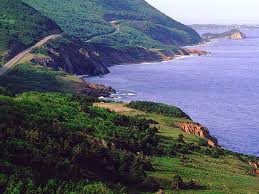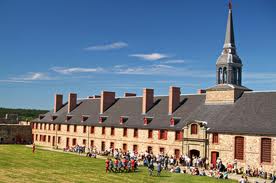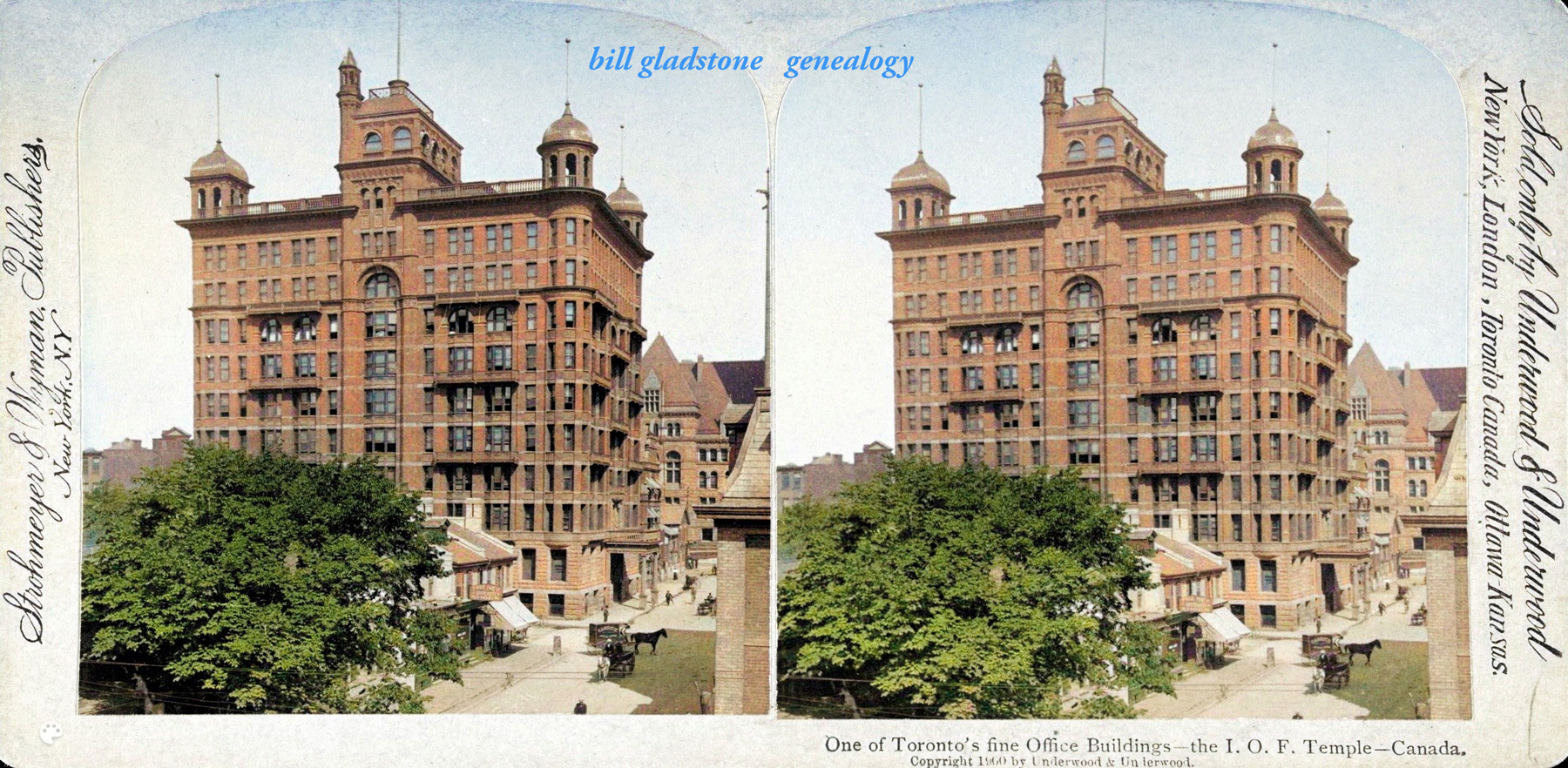 One hour’s flight north of Halifax, at the edge of the Atlantic, durable mountains meet the sea on beautiful Cape Breton, with some of the most spectacular scenery in eastern North America. Physically reminiscent of the Scottish highlands, the island boasts villages like Iona where Gaelic is still spoken and Acadian communities like Cheticamp where French predominates.
One hour’s flight north of Halifax, at the edge of the Atlantic, durable mountains meet the sea on beautiful Cape Breton, with some of the most spectacular scenery in eastern North America. Physically reminiscent of the Scottish highlands, the island boasts villages like Iona where Gaelic is still spoken and Acadian communities like Cheticamp where French predominates.
Highlights include the Keltic Lodge, several very good museums, and the magnificent 250-year-old Fortress of Louisbourg. The 300-km Cabot Trail, which follows much of the coast, is considered one of the world’s great scenic highways.
The hub of the region is Sydney, an industrial city of 28,000. For many tourists, the jewel of the region is the resort town of Baddeck, which sits on the gentle Bras d’Or Lake, a vast internal waterway with a thousands miles of coastline. For many years, renowned inventor Alexander Graham Bell and his family summered ina mansion that still stands on a point of the lake. Nearby is the intriguing Alexander Graham Bell Museum.
A drive up the Cabot Trail brings one to Keltic Lodge, one of three provincially-run lodges in Nova Scotia, and to the rugged Cape Breton National Highlands Park. Here the waves are among the angriest anywhere on the Atlantic, and the views among the finest.
At rural hideaways like the 65-year-old Normaway Inn, guests may hike the aromatic woods or fish the Margaree for its celebrated trout or salmon. South of the Cabot Trail and about three hours north of Halifax by car, the Dundee Resort has a challenging golf course with superb ocean views.
 One of the most spectacular tourist sites on the continent, Louisbourg, the great fortress of New France, is one of the best-kept secrets in the North American tourism industry. Construction of the fortress commenced in 1719 and, for a quarter century thereafter, it contained a thriving city with some 3,000 citizens, and a bustling port. It fell in 1774 to the British, who razed it to the ground so the French could never reclaim it.
One of the most spectacular tourist sites on the continent, Louisbourg, the great fortress of New France, is one of the best-kept secrets in the North American tourism industry. Construction of the fortress commenced in 1719 and, for a quarter century thereafter, it contained a thriving city with some 3,000 citizens, and a bustling port. It fell in 1774 to the British, who razed it to the ground so the French could never reclaim it.
When I visited Louisbourg, my guide recalled playing in the vast ruins there as a child. A mammoth $25 million restoration has since brought about one-fifth of the immense fort back to its original exuberant magnificence.
Tours of Louisbourg National Historic Park are $4 from June to September, and free in May and October. During these months, the place is usually bustling with tourists, and dozens of costumed historical re-create roles of long ago. Although it is normally closed in winter, I had an opportunity to be guided through the almost-deserted fortress on an unusually mild day last February.
Even in summer, the wind blowing in from the ocean is cooler than temperatures inland. I can attest that it’s a cold Atlantic wind that blows across the Louisbourg plain in winter, too.
In winter, the stark hills of Cape Breton possess an amazing grace as pure and inescapable as a bagpipes ballad. Although Cape Breton is most beautiful in late September and early October, when the wooded hills surrender to the poignant reds and golds of autumn, I wouldn’t turn down another opportunity to circle the Cabot Trail on a calm winter’s day.
I’d go back to Nova Scotia at a moment’s notice, any time of year. Like its coastline, the province’s history is colorful, long and dramtic, filled with French and British soldiers, pirates, rumrunners, wealthy ship captains and uprooted Acadian settlers. Halifax, the capital, was a thriving international seaport when Toronto was known as Muddy York and Vancouver was hardly known at all. ♦
© 2004






